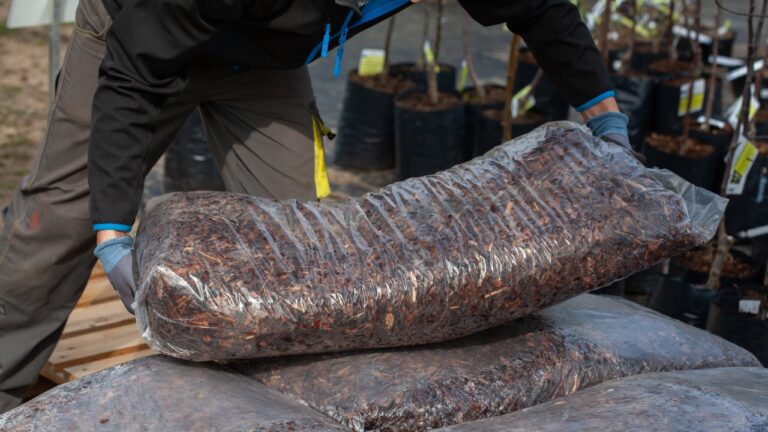9 Ways to Help Your Garden Beds Recover From a Scorching Week
When the heat’s been relentless for days on end, your garden beds start to wear the stress. Droopy leaves, cracked soil, and faded blooms aren’t always signs of failure—they’re signs that your plants are in survival mode. But that doesn’t mean you can’t help them bounce back.
With the right steps, you can stabilize things fast and even set your garden up to handle the next round better. Here’s what actually helps after a brutal heatwave.
Water Deep, Not Fast

After a heatwave, you might be tempted to grab the hose and blast everything down. But shallow watering won’t reach the roots where your plants need it most.
Use a soaker hose or slow trickle instead. Water early in the morning or late in the evening so more of it soaks in instead of evaporating. One good, deep soak is better than three quick passes.
Cut Back Damaged Growth
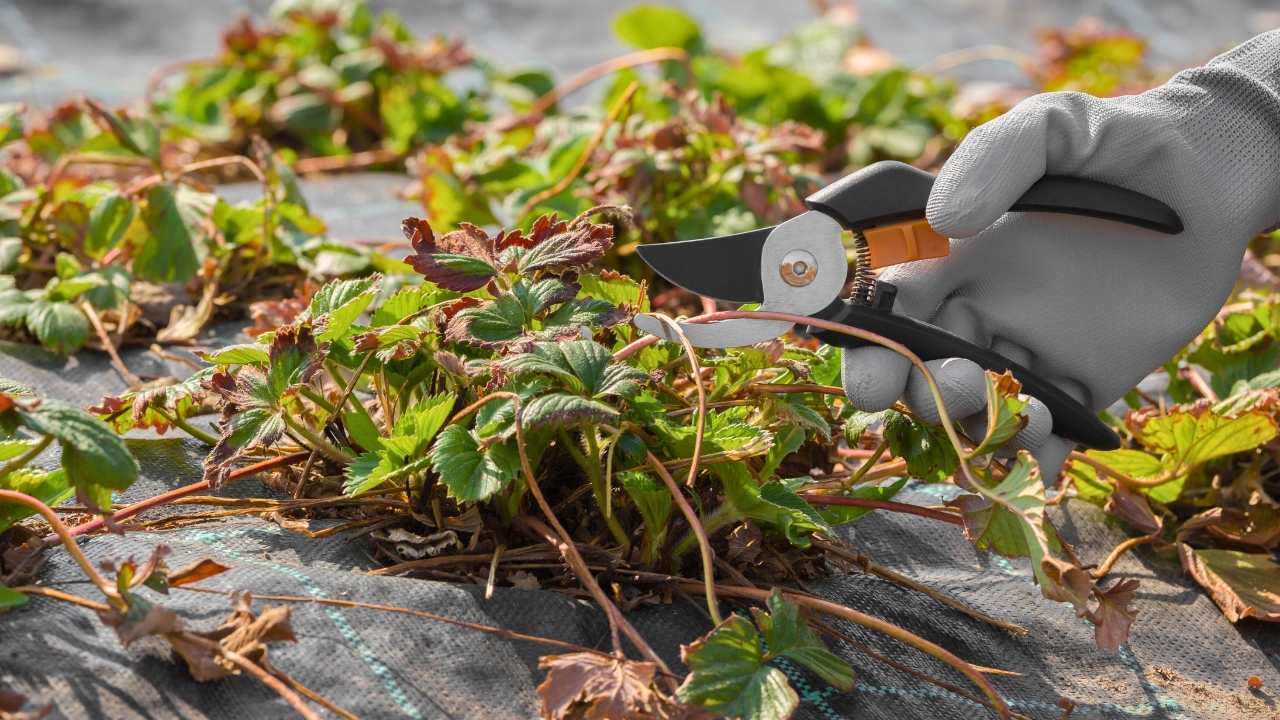
If you see crispy leaves or scorched stems, go ahead and trim them. Dead foliage takes energy to maintain, and your plants need that energy focused on recovery.
Don’t go overboard—leave as much healthy growth as you can. Focus on cutting what’s truly dried up or beyond saving. This helps your plant redirect strength where it counts.
Add Fresh Mulch
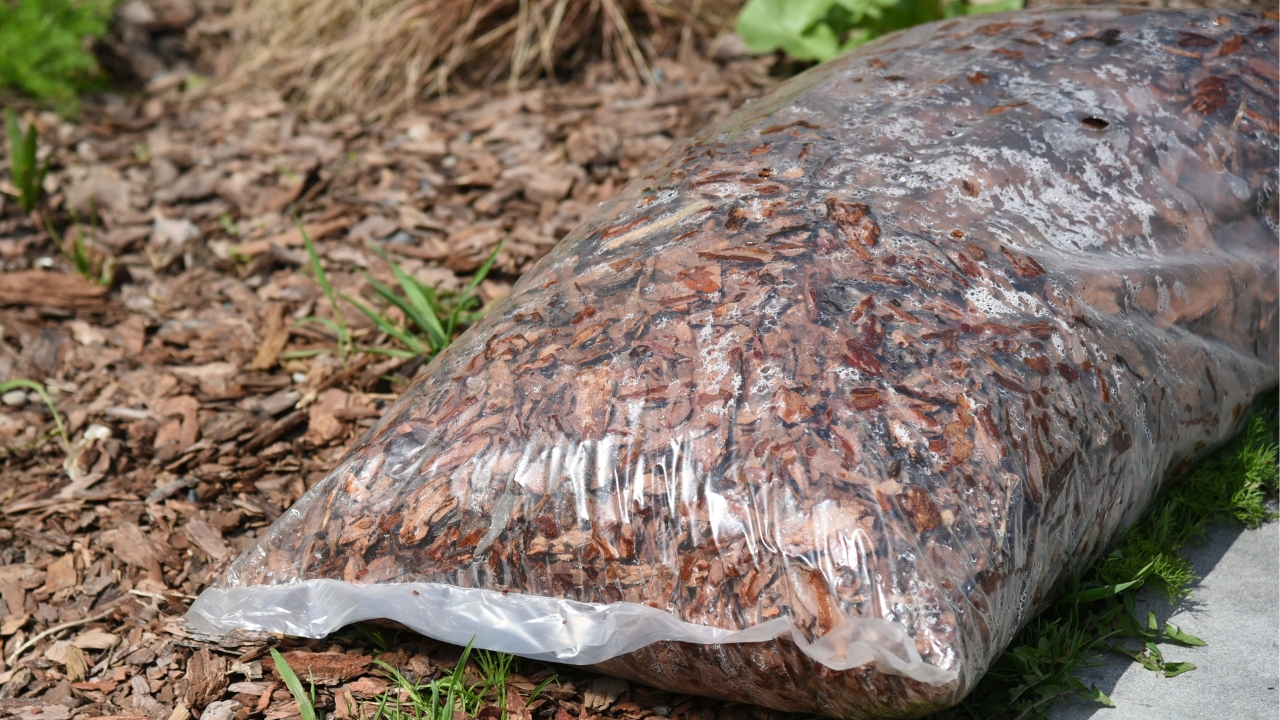
Bare soil heats up fast and loses moisture even faster. A fresh layer of mulch helps hold in water, keeps the soil temperature steadier, and gives your plants a breather from the heat.
Stick with natural options like shredded bark, straw, or compost. Keep it a few inches away from the base of each plant to avoid rot, and aim for a 2–3 inch layer.
Skip the Fertilizer

Fertilizing right after extreme heat can do more harm than good. Stressed plants don’t absorb nutrients well, and extra fertilizer can burn tender roots.
Give your garden a few days to recover before you feed again. Once things perk up, then consider a mild organic feed if needed—but don’t rush it.
Shade the Weak Spots
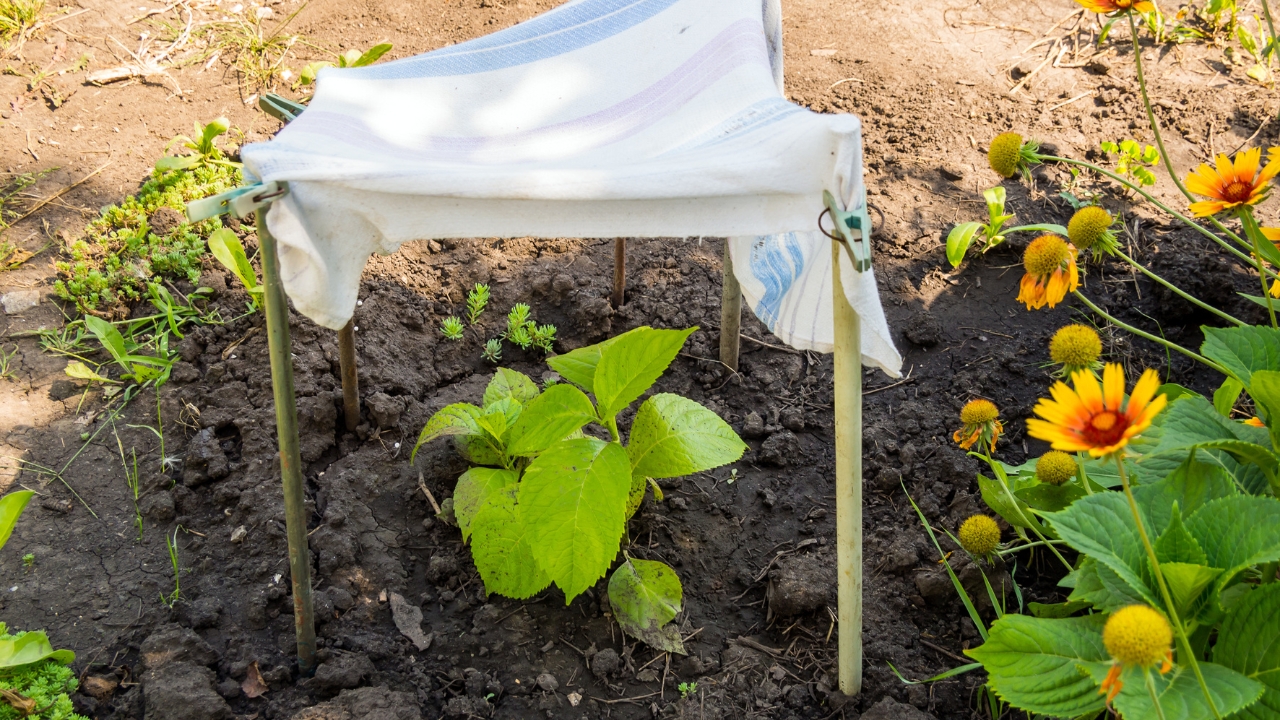
If certain parts of your bed took the worst of the sun, temporary shade can help them recover. Use row covers, shade cloth, or even an old sheet in the hottest part of the afternoon.
This is especially useful if another heatwave is coming. It gives newer transplants and tender crops like lettuce or spinach a chance to catch their breath.
Check the Soil

Heat can harden soil or create dry spots even if you’ve been watering. Stick your finger down a few inches or dig a little with a trowel to see what’s going on below the surface.
You might need to break up crusted topsoil or adjust your watering schedule. If the soil is pulling away from the sides of your beds, you’ve got some serious rehydrating to do.
Watch for Pests

Stressed plants are like open invitations to bugs. After a heatwave, keep an eye out for spider mites, aphids, and beetles that love weakened foliage.
Use natural deterrents like neem oil or insecticidal soap if needed, and try not to overreact. Give your plants a chance to rebound before spraying everything.
Replant if Needed
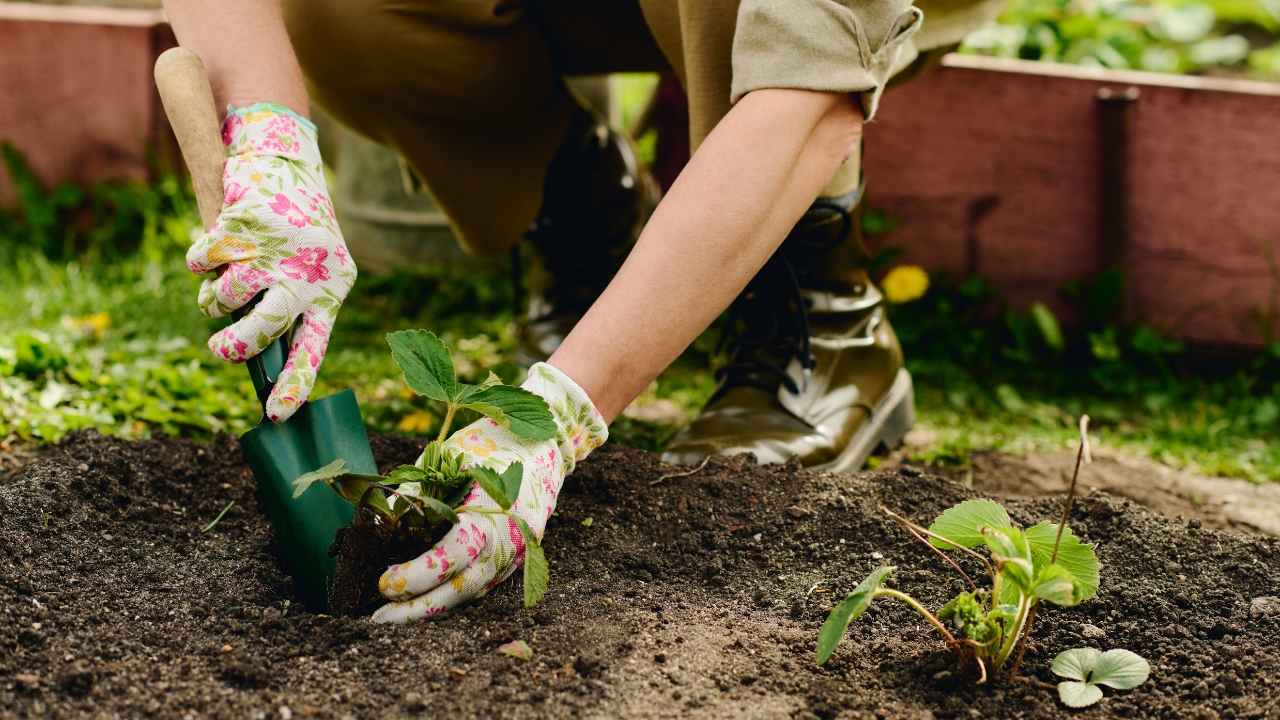
Some things won’t recover, and that’s okay. If something’s completely toasted, pull it and make space for new seeds or heat-tolerant transplants.
You might even find that replacing one worn-out plant helps the rest of the bed breathe better and bounce back quicker. It’s not quitting—it’s resetting.
Keep an Eye on the Forecast

Once you’ve done the recovery work, stay one step ahead. If another hot streak is coming, prep early—deep water, add mulch, or put up shade ahead of time.
Your garden will do better if it doesn’t have to recover from zero every time. Little changes now can save you from starting all over again later.
*This article was developed with AI-powered tools and has been carefully reviewed by our editors.


